Against the background of the rapid advancement of the new energy industry, batteries—as the core power source—see their performance and reliability directly dictating the competitiveness of end products. Whether for traction batteries or energy storage batteries, precise charge-discharge testing serves as the cornerstone for validating cell safety, longevity, and energy efficiency. However, constrained by high-latency communications and insufficient data throughput, conventional test systems struggle to meet strict testing demands such as simulation of high-speed operating condition and microsecond-level data acquisition.
Kewell Cell Charge-Discharge Test Systems: Centered on an intelligent buffer control architecture, the solutions deeply integrate the industrial Ethernet protocol of EtherCAT, redefining the boundaries of battery testing precision and efficiency ceilings. It delivers a full lifecycle, reliable solution for cell R&D, production, and quality validation.
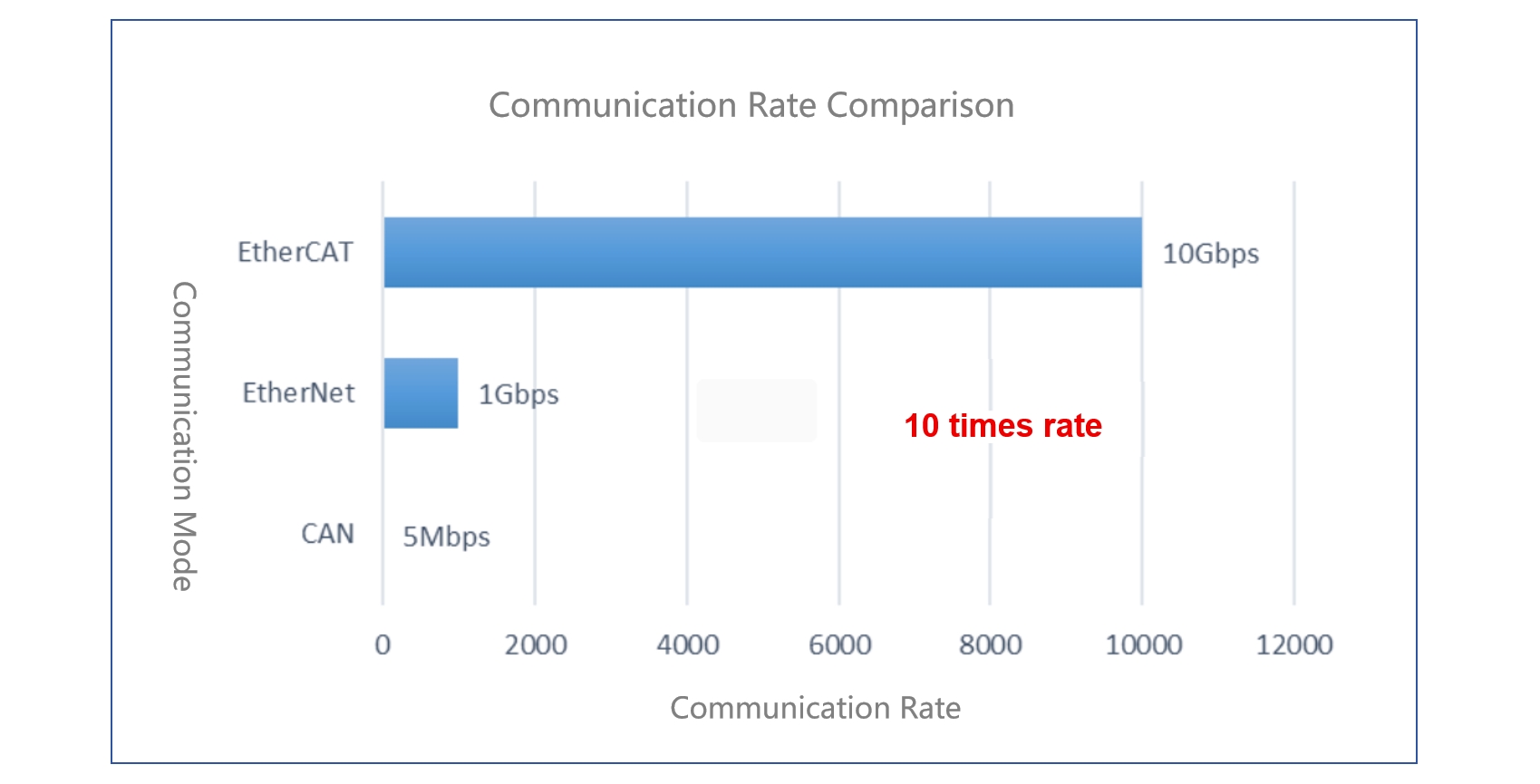
Comparison of Communication Rates among EtherCAT, Ethernet and CAN.

Communication Control Scheme of Kewell Cell Charge-Discharge Test System
| Kewell’s Innovative Practice — Deep Integration of Buffer Architecture and EtherCAT
The core design concept of Kewell’s cell charge-discharge test system is “data-driven testing”. Through the synergic optimization of the buffer and EtherCAT protocol, it realizes the overall upgrade from data collection to intelligent decision-making:
1ms full-data logging restores the real state of the cell
The system supports data storage at 1ms intervals in test channels, comprehensively documenting the test data of cells under extreme operating conditions. Paired with Kewell’s self-developed data analysis software, users can conduct multi-dimensional mining of massive datasets (such as current/power operating conditions, DC internal resistance calculations, and change of temperature rise in individual cells during charging/discharging processes). This provides quantitative evidence for optimizing battery designs.
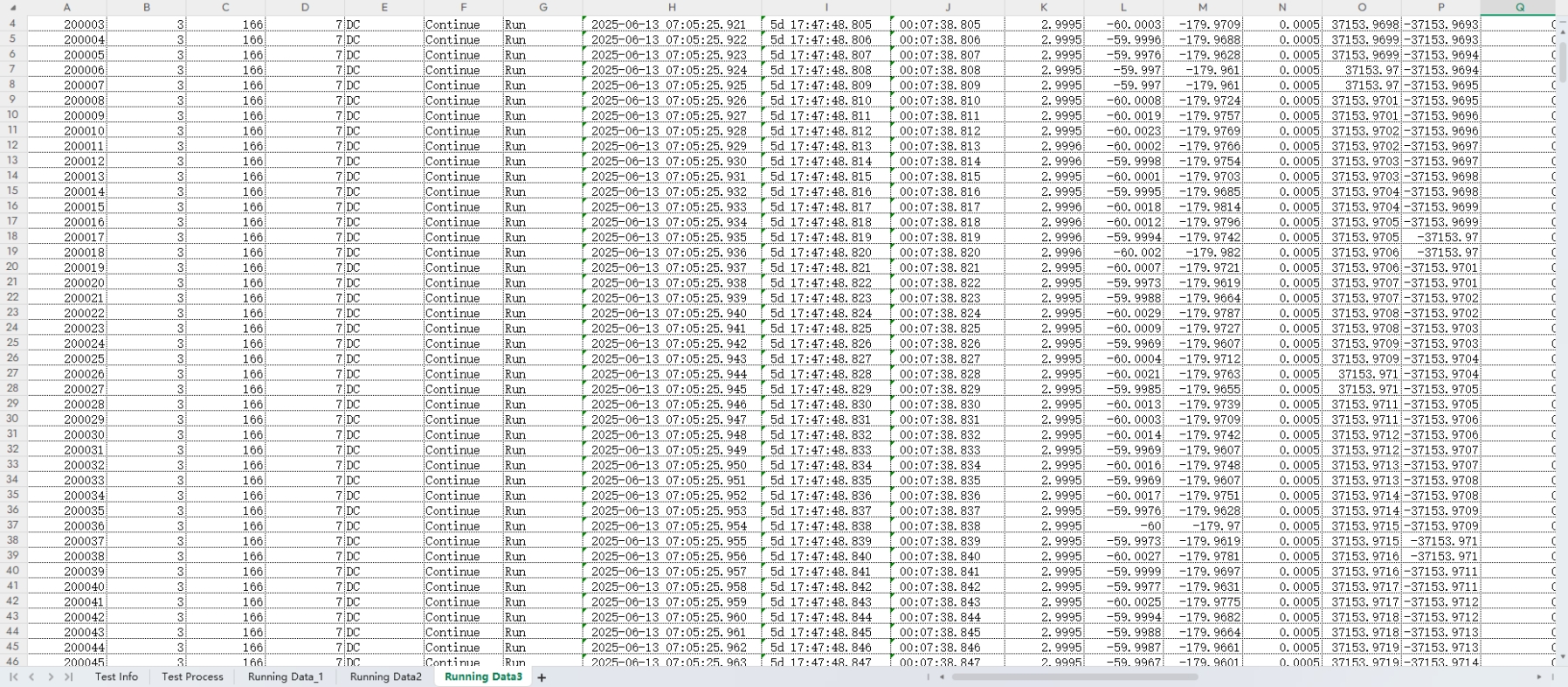
Continuous and valid 1ms data logging
Buffer: Distributed Computing Hub
The buffer, functioning as the “brain” of the system, is equipped with a multi-core processor and a Real-Time Operating System (RTOS). It can concurrently process the raw data uploaded via the EtherCAT network and send control commands in real-time (such as adjusting the charging/discharging current and switching test operating conditions). Compared with the traditional centralized architecture, the buffer distributes computing power to the network edge, reducing the command response latency to less than 0.5ms. This meets the stringent requirements for dynamic testing specified in standards such as ISO 12405 and GB/T 31486.

Compatible protocols for seamless integration with industrial ecosystems.
As EtherCAT is the world’s leading industrial real-time Ethernet standard, Kewell offers a Modbus-TCP conversion interface that supports direct connection of test data to enterprise-level management platforms. It can be integrated with systems such as LIMS and MES to achieve data connectivity from the laboratory to the mass production line.
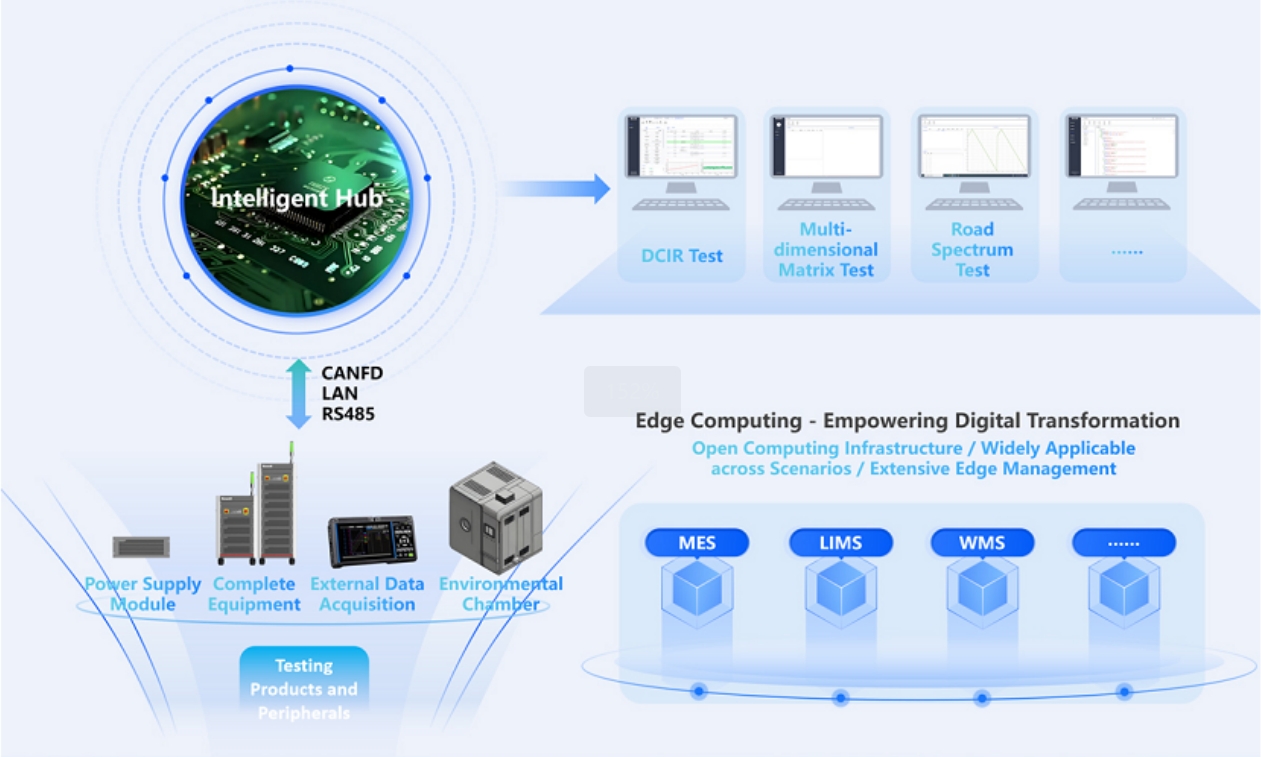
| Application Value: Engineered for Battery Testing Scenarios
Simulation of High-Speed Operating Conditions
In traction battery development, the system can simulate high-frequency pulse charging and discharging (such as NEDC/WLTP operating conditions) of electric vehicles. Leveraging EtherCAT high-speed communication, the system can adjust the current curve in real-time (accuracy: ±0.02%F.S., with selectable ranges), enabling precise evaluation of the electrical performance of cells during high-frequency pulse charging and discharging.
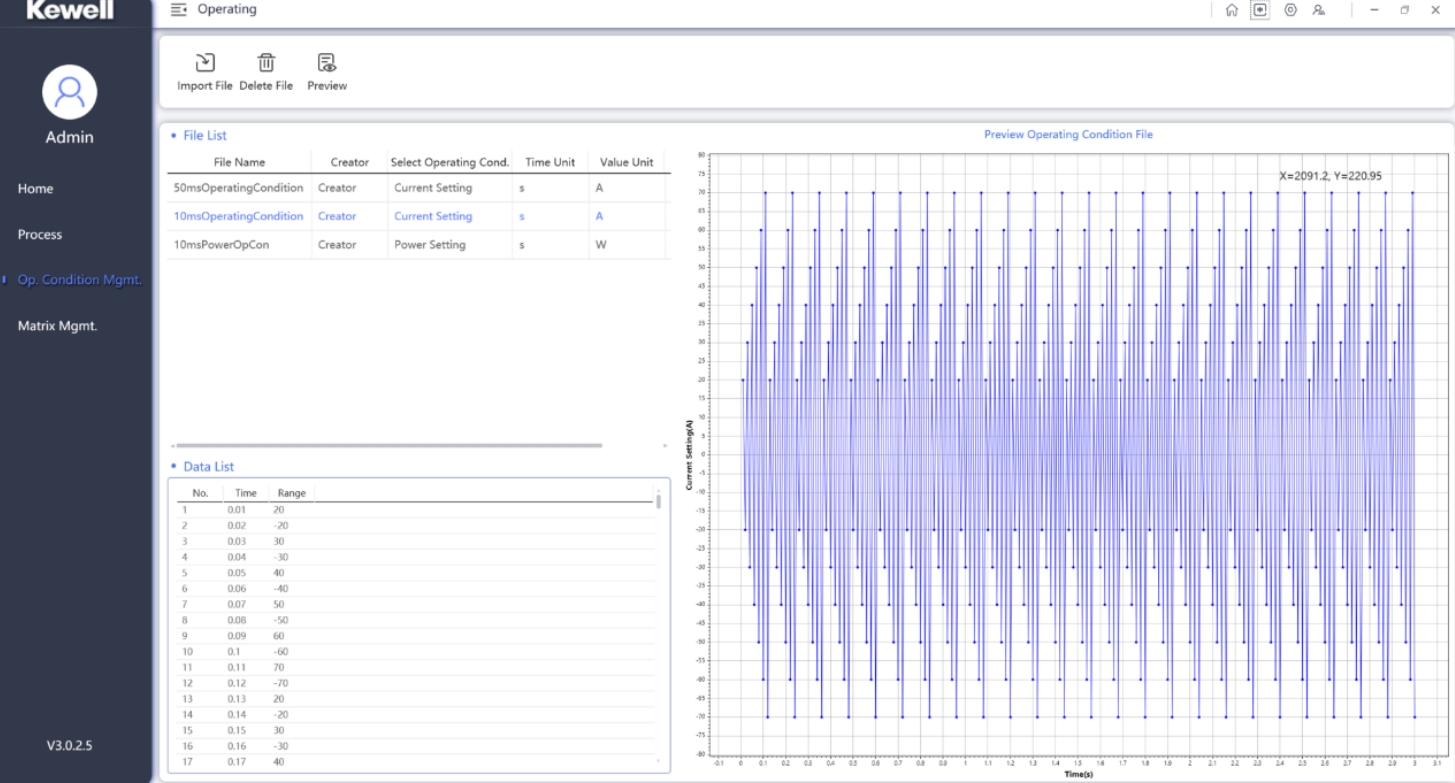
Safety Boundary Verification
For safety testing scenarios such as over-charging and over-discharging, the system leverages EtherCAT’s rapid response capabilities to trigger protection mechanisms within 100 microseconds upon detecting abnormal voltage/temperature thresholds, minimizing testing risks.
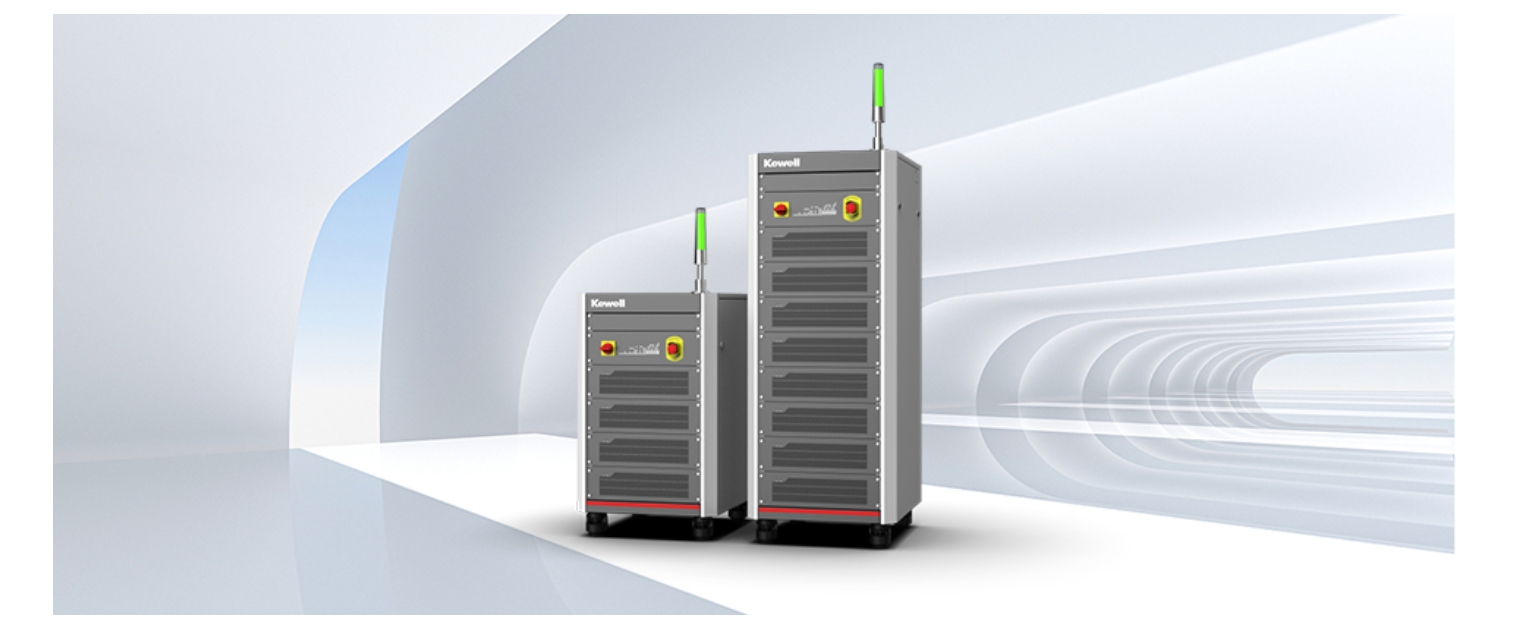
With EtherCAT as the link and data as the cornerstone, we help every cell make the most of its potential in testing and safeguard the high-quality development of the global new energy industry.
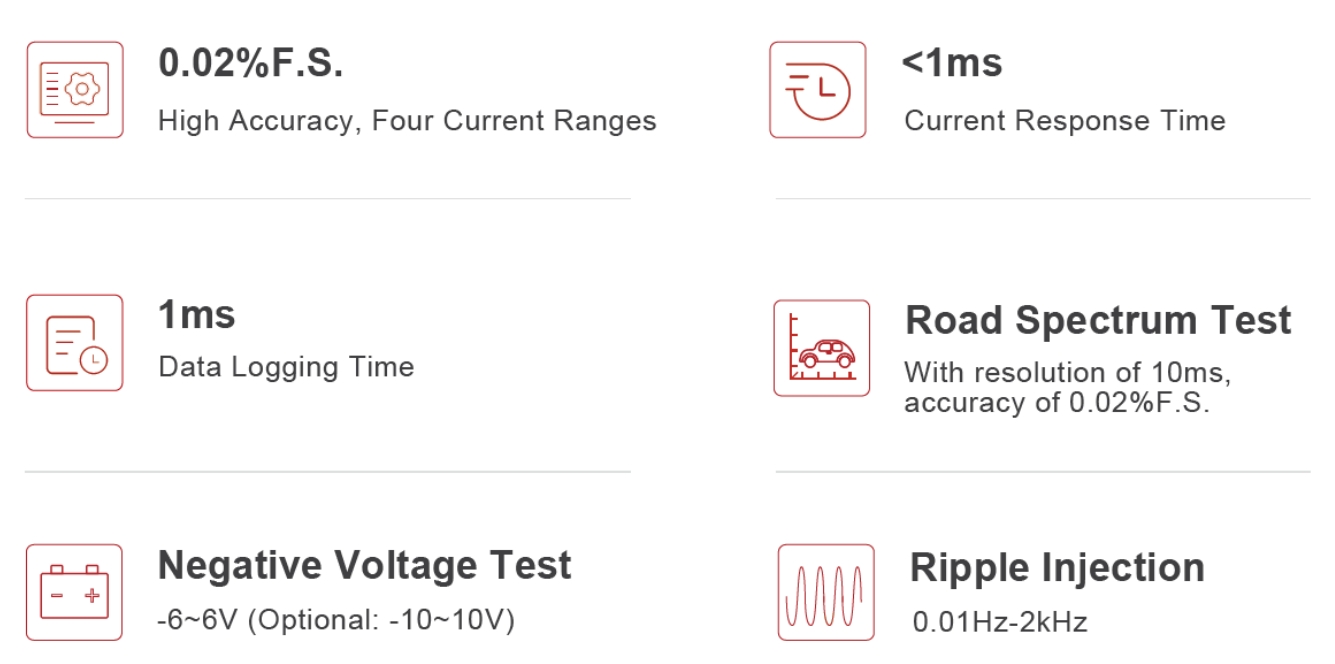







 Position:
Position:







